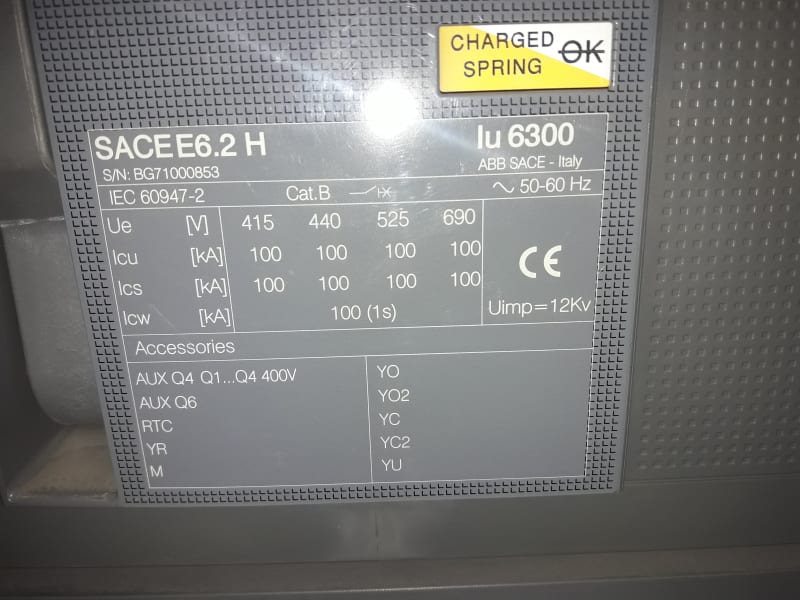Dear Mr Sazirul
1. The terminology "ampere trip (AT)" and "ampere frame (AF)" are not official terms as defined in the IEC or NEC publications. BTW

o you know what is IEC and NEC ? Inform me, if not.
1.1 Following terms are widely used by the breaker manufactures: for "Molded Case Circuit Breakers (MCCB)", and "Power Circuit Breakers (PCB)in NEC = Air Circuit Breakers (ACB) in IEC "
2. All breaker manufactures irrespective of whether in IEC or NEC land, covers from very low (say 100A up to 6300A) etc.
2.1 It is not sensible to manufacture thousands of different (frame=physical)sizes and different (trip=current) ratings.
3. "Ampere frame (AF)" is the [physical] size.
a) e.g. for MCCB: F1 is rated up to 100A, F2 (up to 200A)...F6 (up to 630A).
b) e.g. for ACB: F1 is rated up to 1kA, F2 (up to 2kA)....F6 (up to 6.3kA).
In this way, a small number of frame=physical sizes cover a wide current range.
4. "Ampere trip (AT)" is the [trip] current rating.
a) e.g. for MCCB: T1 trip current (adjustable from 50-100A), T2 (from 100-200A)...etc.
b) likewise for ACB.
5. Selection of breaker AF and AT
a)e.g. for MCCB: to select a breaker with [trip] current of 450A may select a [AF] size F5 with a [AT] size T5 trip unit adjusted down to 450/500=0.9. It is NOT possible to select a [AF] size F4 as it is rated up to maximum current of 400A. However, it is possible but with [higher cost and physical size] to select a [AF] size F6 installed with a [AT] size T5 unit adjusted from 250-500A.
Che Kuan Yau (Singapore)


